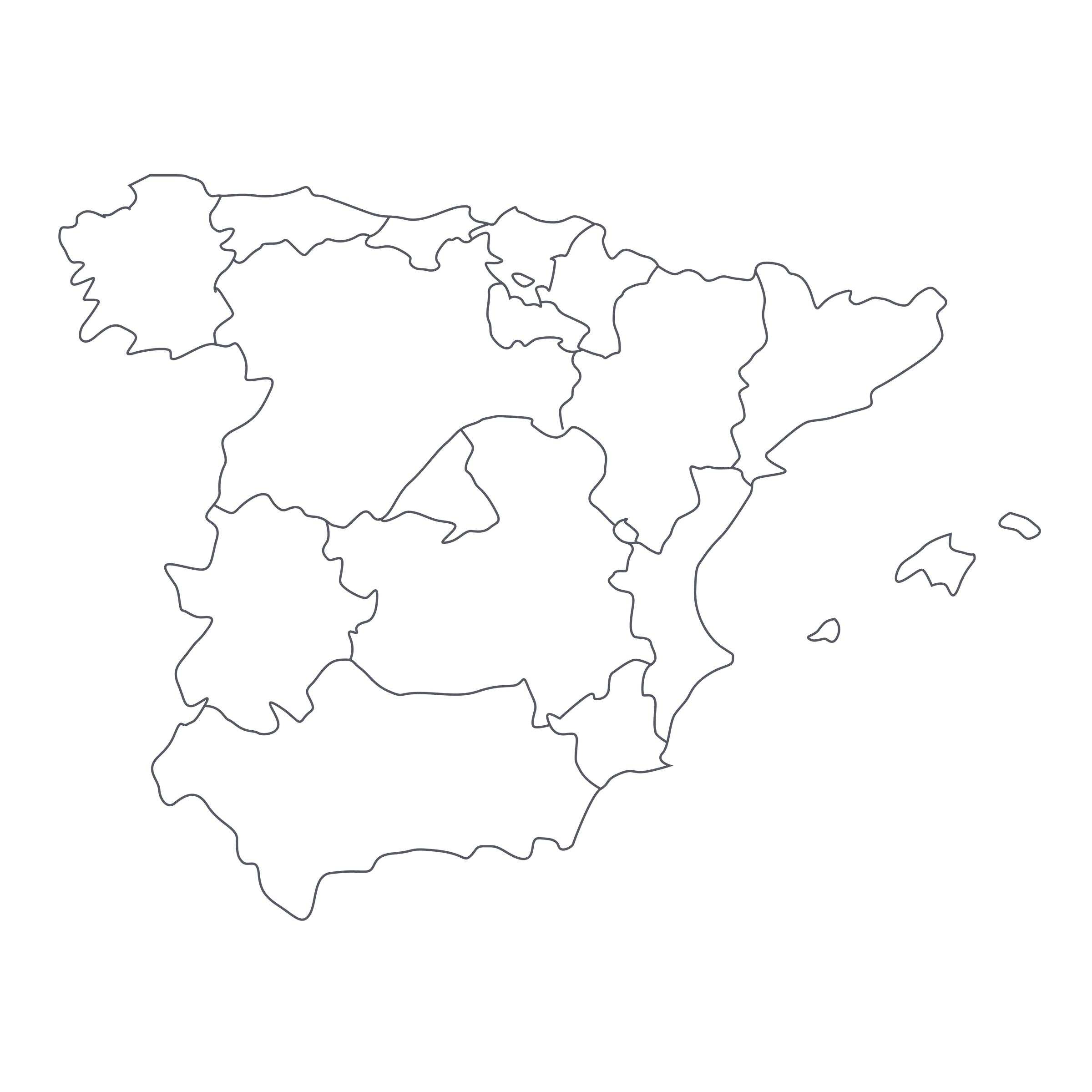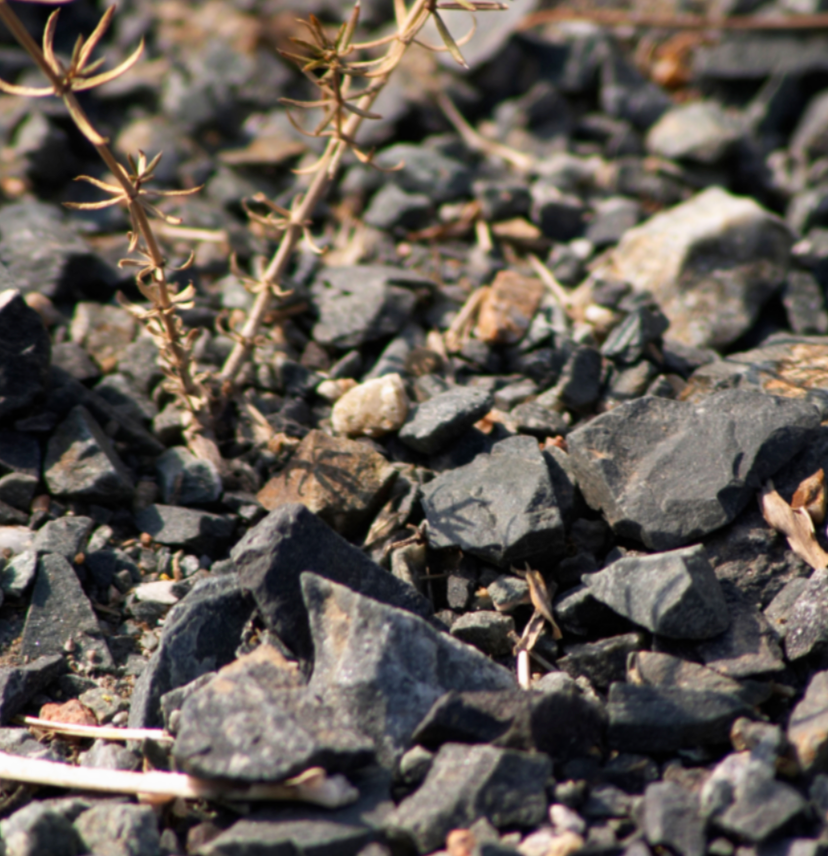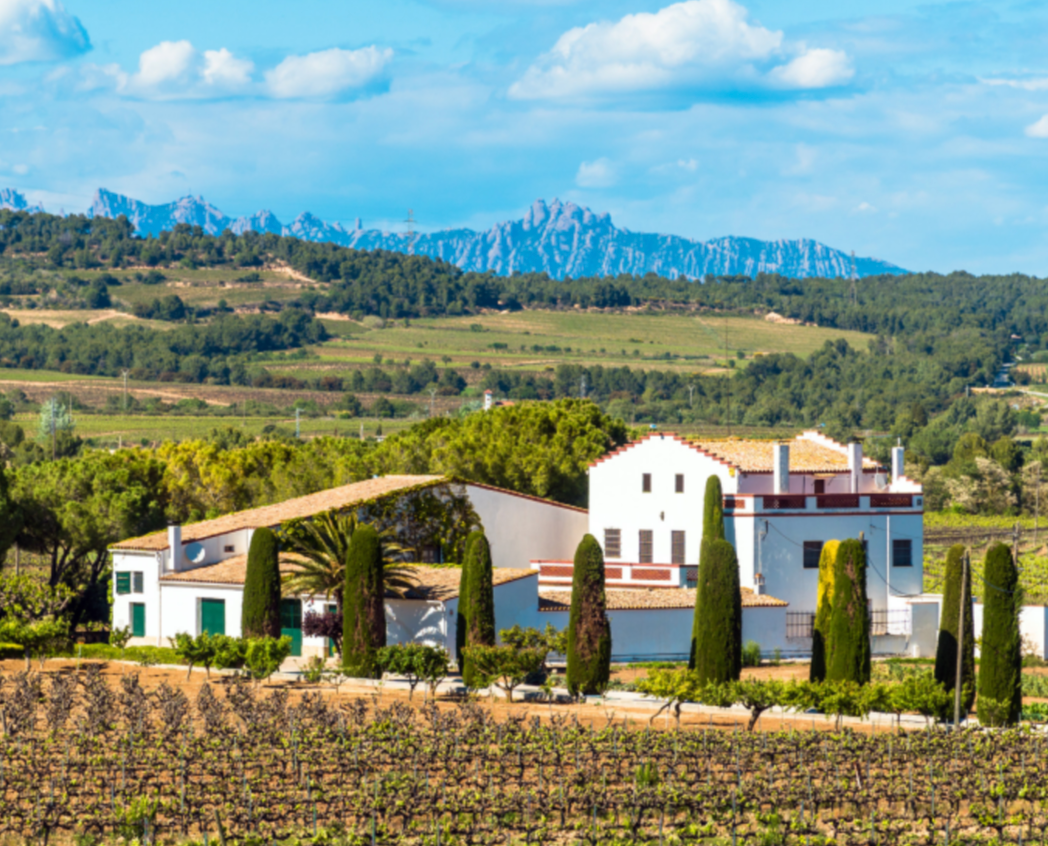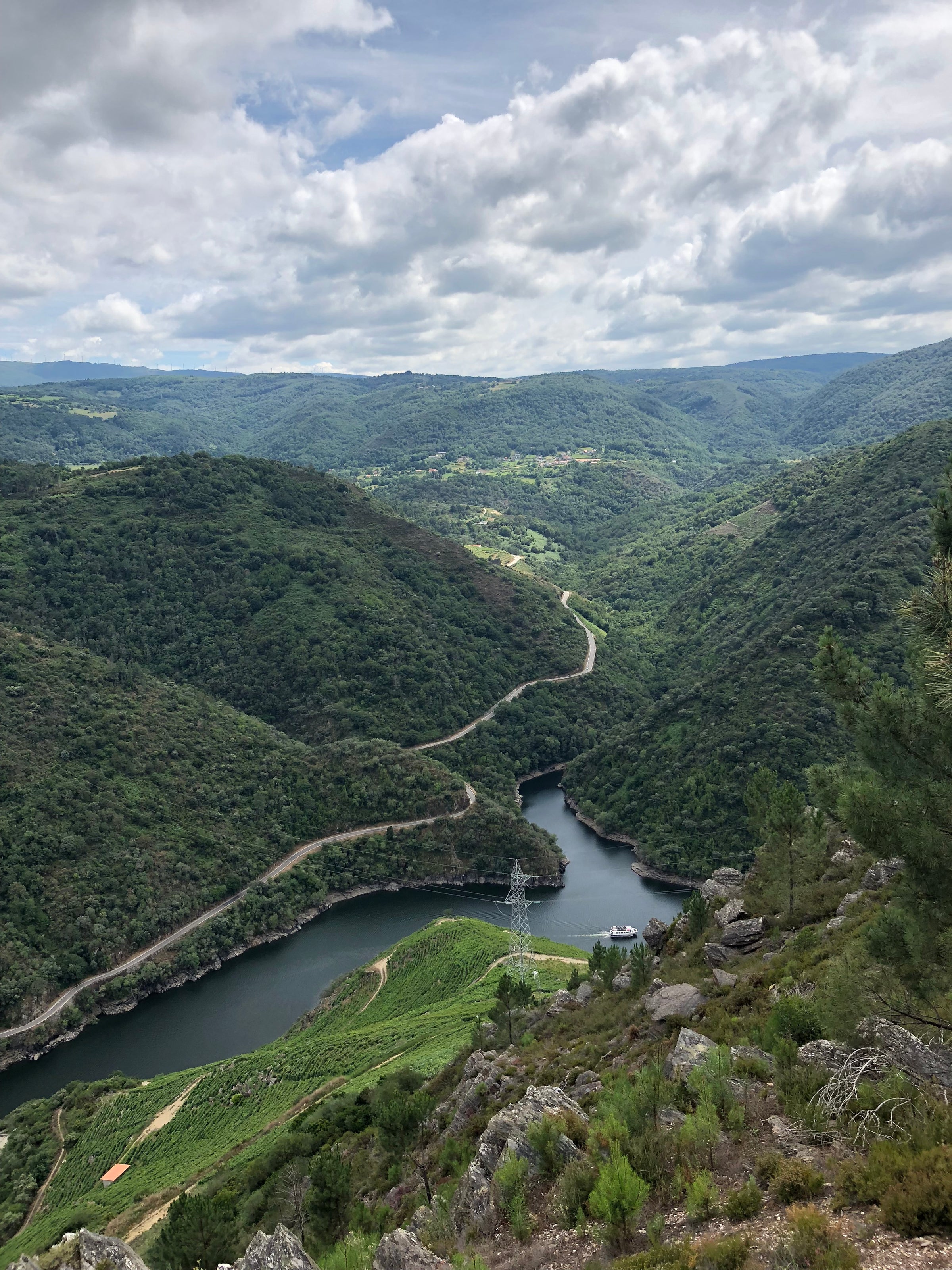Because Champagne’s brand has been so spectacularly dominant over the last few decades, many have failed to fully appreciate, or even acknowledge, the thrilling renaissance of Spanish Cava. So when it comes to today’s vintage-dated, non-dosage bottling, we’re standing on top of the Pyrenees, daring France to craft a $24 méthode champenoise with this much soul and purity.
Honestly, if you’re still neglecting the sparkling wine renaissance that’s underway in Penedès, you must have some deeply rooted Catalonian vendetta: Historically overlooked by the “fine wine” community, Penedès has now become the unmissable epicenter of sustainably farmed, high-quality Cava. Jané Ventura’s 2017 “Reserva de la Música” is one of the absolute classics. The Jané family has been farming here for over 100 years; the vines are organically farmed; and, incredibly, they’ve been bottling today’s “Brut Nature” cuvée since 1988, long before Champagne decided to champion the non-dosage (no added sugar) movement. So, wine geeks and sparkling enthusiasts, pay attention: We firmly believe there will come a time when the vineyards and cellars of Penedès will be walked/admired with the same obsession devoted to Champagne because, with ever-growing frequency, Cava isn’t merely rivaling France’s sparkling counterparts but surpassing them, especially when factoring value into the equation. I implore you to part with some pocket change and find out what all the buzz is about—Ventura’s 2017 is crystalline, mineral-loaded, Champagne-method insanity!
Fourth-generation proprietor Gérard Jané, whose love of the local music culture inspires the naming and labeling of his wines, is the latest Cava producer to upset sparkling wine’s natural order and demand a showcase here on SommSelect—except they’re far from being the new kids on the block. Bodega Jané Ventura was first founded in 1914 and has remained in family hands ever since. It is headquartered in El Vendrell, along the Mediterranean coast between Barcelona and Tarragona, with most of its estate vineyards located within the “Baix Penedès” subzone. Soils are primarily limestone and clay but of course the main difference between here and Champagne is the Mediterranean-influenced climate; nevertheless, vineyards in Penedès climb to altitude quickly, benefiting from the cooling influence of the “pre-coastal” mountain range further inland. They work with the traditional grape varieties Xarel-lo, Macabeu, and Parellada, farming their 20 hectares of estate vines organically since 2010.
This cuvée, which undergoes a cool, 2.5-month fermentation and spends three years aging on its lees to lend extra depth and dimension, is also the product of a single vintage and carries its disgorgement date on the back label (February 2021). All of this is just further evidence of an attention to detail and craftsmanship not typically lavished on a $24 bottle of wine. “Reserva de la Música” is named in honor of a famous Spanish cellist named Pablo Casals.
In the glass, it’s a bright straw-yellow moving to a silver-tipped rim with a generous, energetic mousse and aromas of green apple, white peach skin, dried quince, lemon pith, toast, and crushed stones. Supple, lithe, and medium-bodied on the palate, with surging freshness and a bright, floral finish, this would make an impressive apéritif alongside some hand-sliced jamón iberico or, if you really want to go all-out, a table full of assorted tapas. As with all fine sparklers, we recommend ditching the flutes in favor of all-purpose stems and a serving temperature a little bit north of 45 degrees. True artisanal Cava is taking over—but there’s still time to “get in” before the FOMO hits. Enjoy now through 2024.







